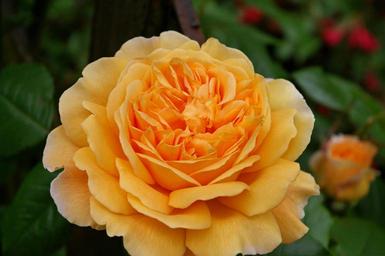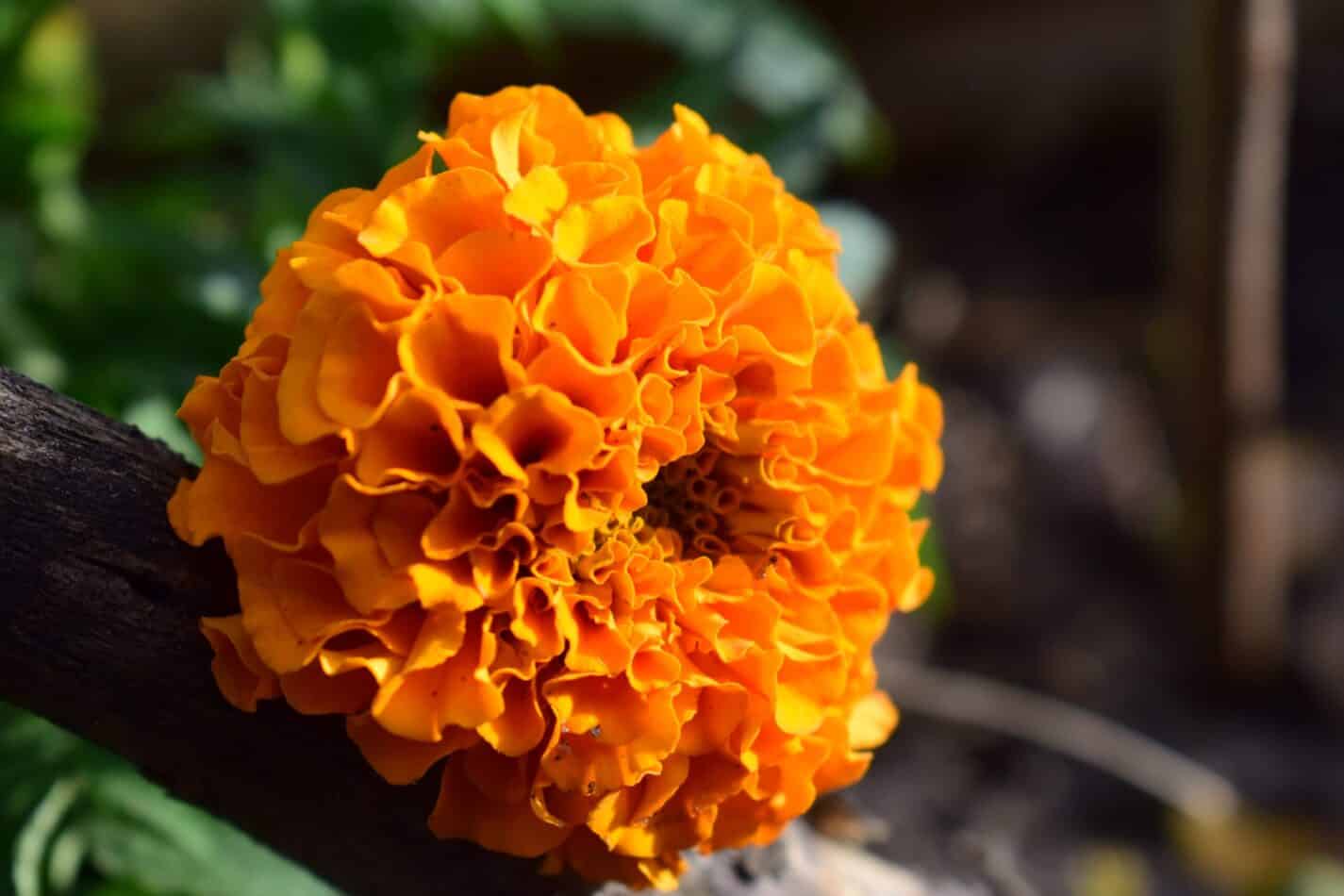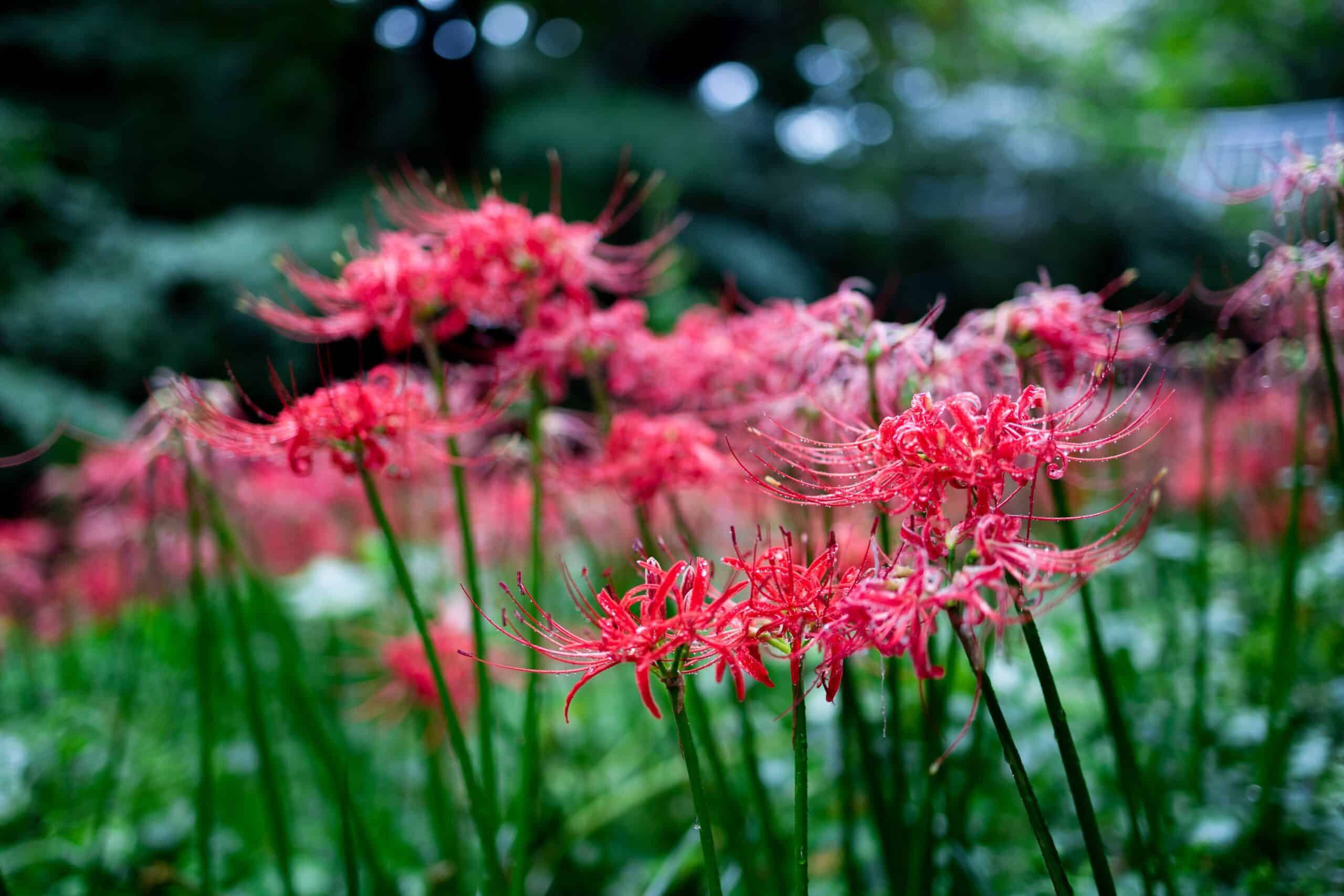Roses have long been admired for their beauty, elegance, and fragrance. Among the numerous rose varieties available, the English Rose (Rosa) stands out as a remarkable choice for both seasoned gardeners and beginners. Learn how to grow and care for English Roses and explore their characteristics, and discover the secrets of propagating, potting, and pruning these delightful flowers.
 English Roses, also known as Rosa, are ornamental woody perennials that have captivated the hearts of flower enthusiasts around the world. They are cherished for their prolific blooming and stunning range of colors, which span from soft pastels to vibrant hues. These roses are not only visually appealing but also prized as cutting flowers, making them a popular choice for floral arrangements and bouquets.
English Roses, also known as Rosa, are ornamental woody perennials that have captivated the hearts of flower enthusiasts around the world. They are cherished for their prolific blooming and stunning range of colors, which span from soft pastels to vibrant hues. These roses are not only visually appealing but also prized as cutting flowers, making them a popular choice for floral arrangements and bouquets.
How to Grow and Care for English Roses
To ensure your English Roses thrive, it’s important to provide them with the right conditions and care. These roses require regular watering to keep their roots moist, but it is crucial to avoid overwatering, as this can lead to root rot. Additionally, well-drained soil is essential for the proper growth and development of English Roses. It is recommended to enrich the soil with organic matter, such as compost, to provide the necessary nutrients for these plants to flourish.
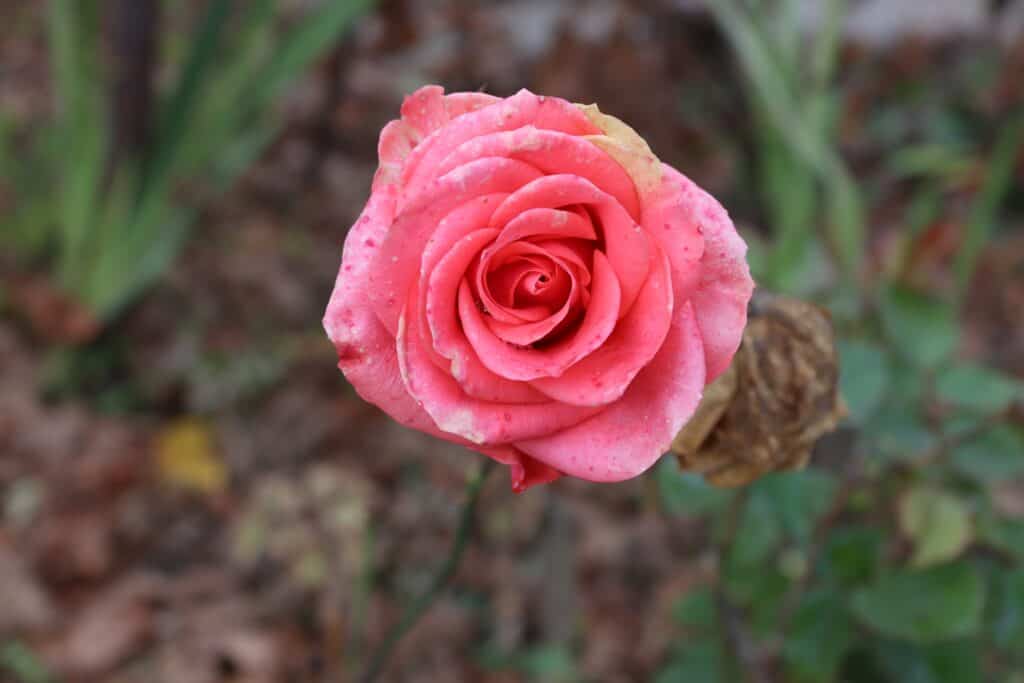 One of the standout features of English Roses is their ability to produce an abundance of lush, scented flowers on hardy bushes. The fragrance emitted by these blooms adds a delightful aroma to any garden or floral arrangement. To encourage continuous blooming, deadheading, the removal of faded flowers, is necessary. This process not only maintains the aesthetics of the plant but also redirects energy towards the production of new blooms.
One of the standout features of English Roses is their ability to produce an abundance of lush, scented flowers on hardy bushes. The fragrance emitted by these blooms adds a delightful aroma to any garden or floral arrangement. To encourage continuous blooming, deadheading, the removal of faded flowers, is necessary. This process not only maintains the aesthetics of the plant but also redirects energy towards the production of new blooms.
While some rose varieties can be demanding in terms of care, English Roses are relatively easy to maintain with the right approach. By providing them with adequate water, well-drained soil, and proper deadheading, you can enjoy their captivating beauty throughout the blooming season. Moreover, these roses are generally resistant to diseases, making them a reliable choice for gardeners of all levels of expertise.
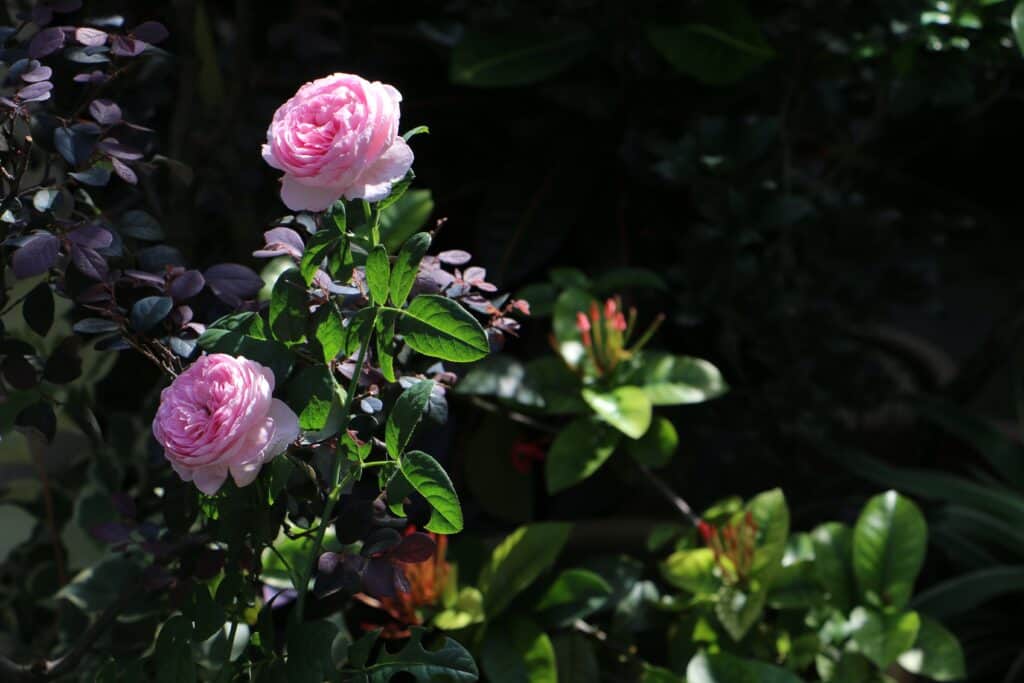 When it comes to potting English Roses, selecting the right container is essential. Choose a pot with adequate drainage holes to prevent waterlogging. Use a well-draining potting mix that retains moisture without becoming waterlogged. Additionally, ensure that the pot is large enough to accommodate the root system of the rose. Regular fertilization is crucial for potted roses, as nutrients in the soil deplete more rapidly. Choose a balanced rose fertilizer and apply it according to the manufacturer’s instructions to promote healthy growth and abundant flowering.
When it comes to potting English Roses, selecting the right container is essential. Choose a pot with adequate drainage holes to prevent waterlogging. Use a well-draining potting mix that retains moisture without becoming waterlogged. Additionally, ensure that the pot is large enough to accommodate the root system of the rose. Regular fertilization is crucial for potted roses, as nutrients in the soil deplete more rapidly. Choose a balanced rose fertilizer and apply it according to the manufacturer’s instructions to promote healthy growth and abundant flowering.
 How to Make Your English Roses Thrive
How to Make Your English Roses Thrive
English Roses (Rosa) are stunning and highly desirable flowers that can bring beauty and fragrance to any garden. A part of learning how to grow and care for English Roses is to understand the key elements that make them thrive.
To ensure that your English Roses thrive and reach their full potential, here are some essential tips to keep in mind:
Location
Choose a suitable location for your English Roses. They thrive in areas with at least six hours of direct snlight each day. Ensure that the location has good air circulation to prevent the buildup of moisture, which can lead to diseases.
Soil Preparation
Prepare the soil before planting your English Roses. They prefer well-drained soil that is rich in organic matter. Amend the soil with compost or well-rotted manure to improve its fertility and drainage. Conduct a soil test to check the pH level, as English Roses prefer slightly acidic to neutral soil (pH 6.0-7.0).
Watering
Provide your English Roses with regular watering to keep the soil consistently moist but not waterlogged. Deep watering once or twice a week is usually sufficient, depending on the weather conditions. Avoid overhead watering to minimize the risk of fungal diseases. Mulching around the base of the plants will help retain moisture and suppress weed growth.
Fertilization
Feed your English Roses with a balanced rose fertilizer to promote healthy growth and abundant blooms. Apply the fertilizer according to the manufacturer’s instructions, usually in early spring and again after the first bloom cycle. Avoid over-fertilizing, as this can lead to excessive foliage growth at the expense of flowers.
Deadheading
Regular deadheading is essential to encourage continuous blooming and prevent the formation of seed pods. Remove faded flowers by cutting just above a healthy leaf bud or a five-leaflet leaf. This practice redirects energy towards producing new blooms and keeps the plants looking tidy.
Propagation
For those who wish to expand their English Rose collection or share their love for these enchanting flowers with others, propagation is a valuable technique.
Propagating English Roses can be done through various methods, such as stem cuttings, layering, or grafting. Stem cuttings involve taking a healthy stem from an existing plant and encouraging it to develop roots in a new location. Layering, on the other hand, involves bending a low-growing stem to the ground, allowing it to take root before separating it from the parent plant. Grafting is a more advanced technique where a stem from an English Rose is attached to the rootstock of another rose variety. Whichever method you choose, propagation enables you to multiply your English Rose collection and share the joy of these exquisite blooms with others.
Disease and Pest Control
English Roses are generally resistant to diseases, but it’s important to monitor them regularly for any signs of common rose diseases such as blackspot or powdery mildew. If detected, use appropriate organic or chemical controls to prevent the spread of the disease. Similarly, inspect your roses for pests like aphids, thrips, or Japanese beetles, and take necessary measures to control them.
Pruning
Pruning is a vital aspect of rose care, and English Roses are no exception. Pruning helps maintain the shape and size of the rose bushes, removes dead or diseased wood, and encourages new growth and flowering. It is recommended to prune English Roses in early spring before new growth begins. Remove any dead or damaged wood, as well as any crossing branches that
Also, prune back old wood to stimulate new growth. Follow proper pruning techniques, making clean cuts just above a bud facing the desired direction.
Winter Protection
English Roses are generally hardy, but some varieties may require winter protection in colder climates. Mulch around the base of the plants with a layer of organic material, such as straw or wood chips, to insulate the roots and protect them from freezing temperatures. Alternatively, you can wrap the rose canes with burlap or use protective covers specifically designed for roses.
By following these tips and providing your English Roses with the right conditions and care, you can enjoy an abundance of beautiful blooms and exquisite fragrances. Remember to observe your roses closely, as individual varieties may have specific needs or preferences. With a little attention and love, your English Roses will reward you with their captivating beauty season after season.
What we love from Amazon this week
Buy these wonderful flowers directly from Amazon:


